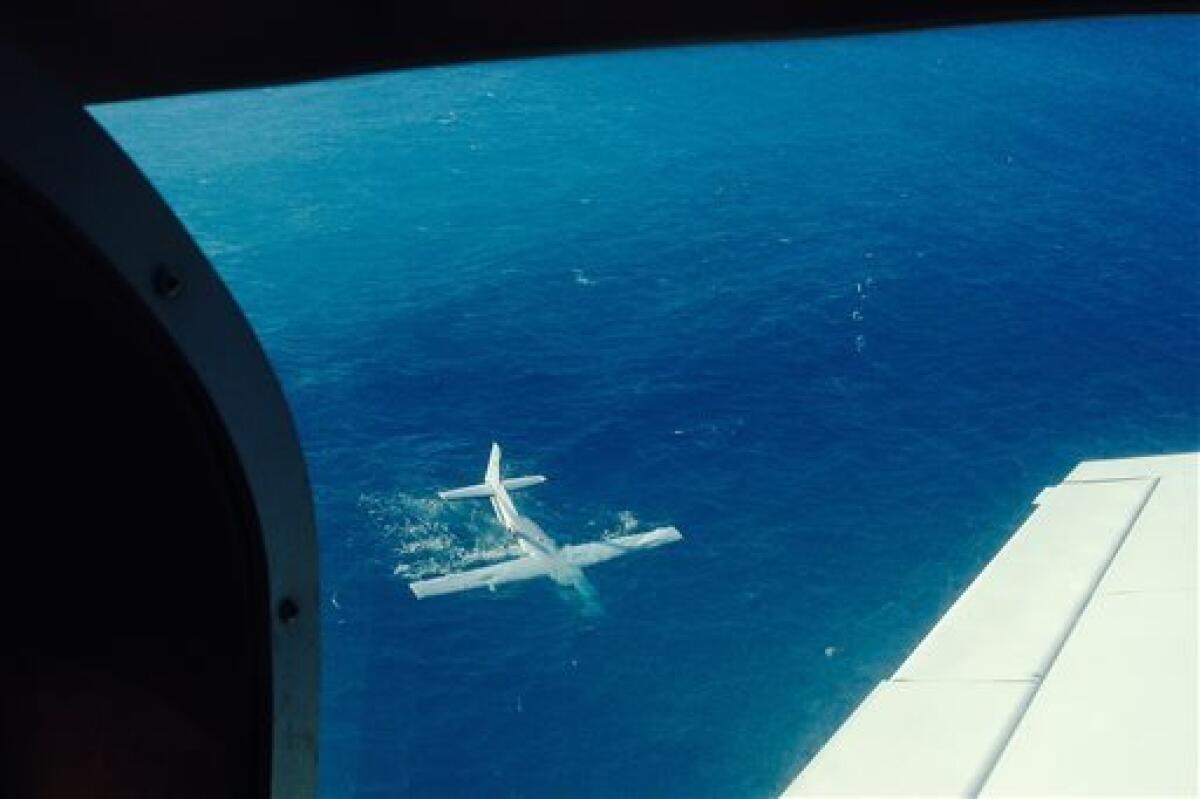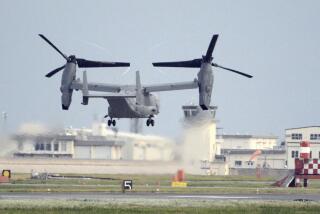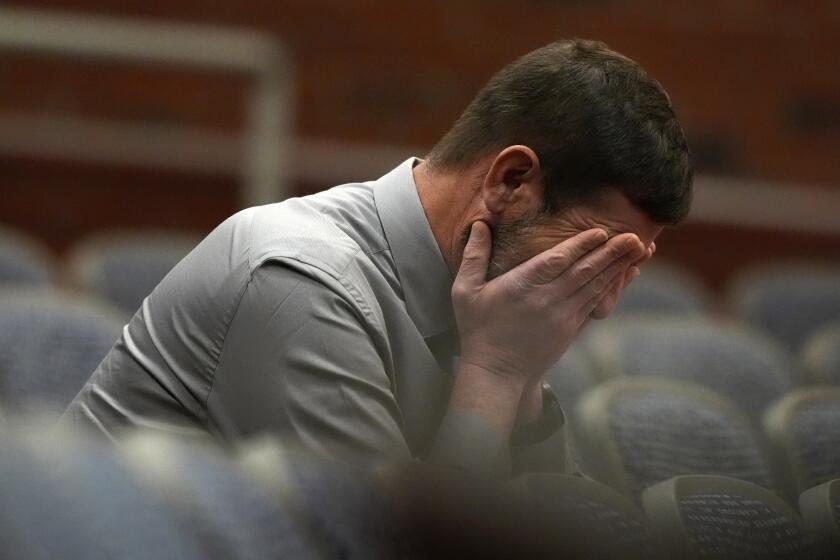Hawaii health director died of cardiac arrhythmia, police say

HONOLULU — Cardiac arrhythmia caused the death of Hawaii’s health director last month after a plane crash off the island of Molokai, police said Monday.
Loretta Fuddy’s condition was the result of stress from the Dec. 11 crash, Maui police announced. The pilot of the single-engine plane and seven other passengers survived without major injuries.
Fuddy’s brother, Lewis Fuddy, said she was healthy and didn’t have any known heart problems.
She gained attention in 2011 after deciding to publicly release President Obama’s Hawaii birth certificate to rebut claims that he was born outside the U.S.
Pilot Clyde Kawasaki and a passenger who swam to shore have said Fuddy, 65, appeared fine while bobbing in the water after everyone exited the plane and waited for help. Rescuers eventually pulled Kawasaki and the others from the water.
The National Transportation Safety Board is investigating the crash of the plane, which lost power shortly after takeoff. The NTSB’s preliminary report says the small commercial plane floated for about 25 minutes before sinking.
One passenger, C. Phillip Hollstein Jr., said he credits Kawasaki for being the reason nearly everyone survived.
When the plane’s lone engine failed, the 60-year-old veteran pilot and passengers stayed calm as the aircraft glided toward the ocean and made a belly landing in rough water, Hollstein recounted. The engine on Makani Kai Air’s 2002 Cessna Grand Caravan turboprop cut out less than a minute after takeoff from the island of Molokai, just as the plane was making a turn toward its destination of Honolulu.
There was a “muffled bang,” Hollstein has said, and “then we were a glider.”
He said Kawasaki expertly maneuvered the plane after the engine failed, avoiding what could have been a catastrophic impact on the water. People put on life jackets and remained in the plane until it started sinking.
“There wasn’t panic or anything,” Hollstein has said. “It was very orderly.”
Hollstein, 70, said he swam about a half-mile in 6-foot waves to Molokai’s rugged shoreline, thinking the others aboard the plane were fine bobbing in their life vests, awaiting rescue. He said he was surprised to learn later that Fuddy had died.
Fuddy was clinging to the hand of her deputy, Keith Yamamoto, who tried to help her relax, according to the Rev. Patrick Killilea, who consoled Yamamoto after the crash.
Fuddy and Yamamoto were on the flight after an annual visit to Kalaupapa, where the state exiled leprosy patients until 1969. The settlement is still run by the health department, though only a few former leprosy patients live there.
Makani Kai Air owner Richard Schuman said he has no idea why the engine failed. The plane had no previous problems, he said.
ALSO:
Texas hunters auction permit to kill endangered black rhino
West Virginia spurs call in Congress for regulatory hearing
Southwest jet leaves safely after landing at wrong Missouri airport
More to Read
Start your day right
Sign up for Essential California for news, features and recommendations from the L.A. Times and beyond in your inbox six days a week.
You may occasionally receive promotional content from the Los Angeles Times.






